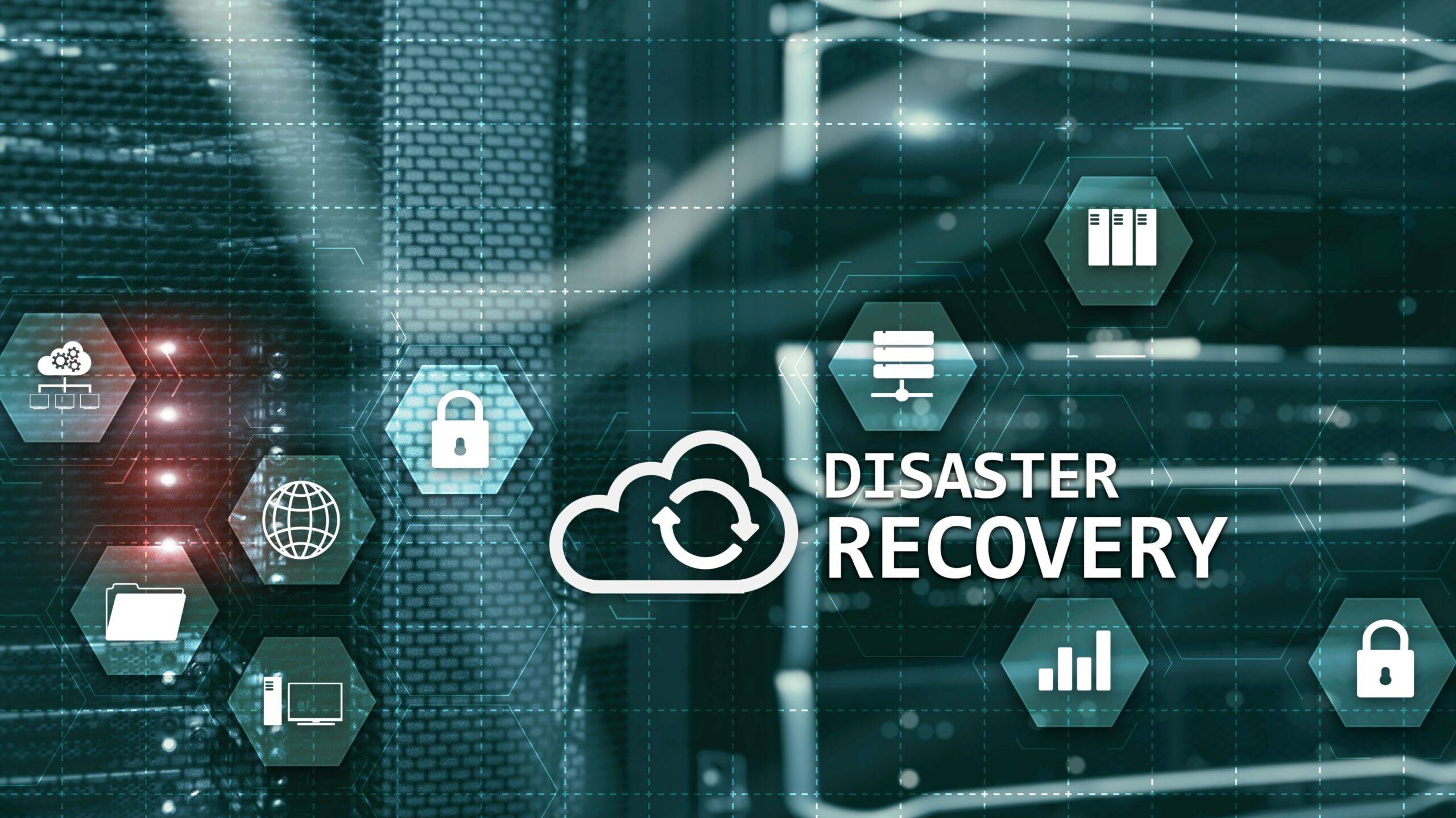Businesses face a growing array of risks that can disrupt operations, ranging from natural disasters to cyberattacks. As the impact of both physical and digital threats continues to evolve, it is essential to have effective recovery strategies in place. Disaster recovery (DR) and cyber recovery (CR) are two critical components of a comprehensive business continuity plan, but they address different types of risks.
Disaster recovery focuses on restoring business operations after events like natural disasters, hardware failures, and power outages. In contrast, cyber recovery is specifically designed to mitigate the impact of cyber threats such as ransomware, data breaches, and malware. While both are vital to maintaining business resilience, they differ in their approaches, objectives, and recovery tactics. Consult with Portland Managed Service Provider to choose the right recovery solution for your business.
In this blog, we will explore the key differences between cyber recovery and disaster recovery and why businesses need both to safeguard their operations.
What is Cyber Recovery?
Cyber recovery refers to the process of recovering an organization’s data and IT infrastructure after a cyberattack or digital threat. It focuses on safeguarding data from cyber threats such as ransomware, malware, and data breaches. The goal is to restore systems to a secure state, ensuring that data is not compromised and that business operations can resume with minimal disruption. Key strategies include secure data backups, isolation of infected systems, and advanced cybersecurity measures to prevent further attacks.
What is Disaster Recovery?
Disaster recovery (DR) is a comprehensive strategy designed to restore business operations and IT infrastructure following a catastrophic event, such as natural disasters (floods, earthquakes), power outages, or hardware failures. The focus of DR is to ensure business continuity by minimizing downtime and data loss through backups, redundancy, and rapid recovery strategies.
8 Difference Between Cyber Recovery and Disaster Recovery
- Focus and Scope
Cyber Recovery specifically addresses the recovery from cyber incidents such as ransomware attacks, data breaches, or cyberattacks. It involves strategies to protect critical data and systems from cyber threats and to recover them efficiently in case of a cybersecurity incident.
On the other hand, Disaster Recovery primarily focuses on the restoration of IT infrastructure and data in the event of a natural disaster, human error, or system failure. It aims to minimize downtime and ensure business continuity by having backup systems and data recovery processes in place.
- Recovery Objective
The primary recovery objective in cyber recovery is to restore systems and data after a cyberattack, ensuring that data integrity is maintained, and the threat has been completely eradicated. The goal is to secure data from malicious actions such as ransomware, malware, and breaches, while minimizing downtime and preventing further compromise.
In contrast, in disaster recovery, the objective is to recover and restore critical business operations after an event like a natural disaster, power outage, or hardware failure. The focus is on restoring IT infrastructure, including servers, networks, and systems, as quickly as possible to minimize downtime.
- Types of Threats Addressed
Cyber Recovery focuses on mitigating digital threats such as ransomware, data breaches, malware, phishing, and denial of service (DoS) attacks. These risks aim to disrupt or steal data, necessitating secure data recovery and system restoration to prevent further damage.
On the other hand, Disaster Recovery addresses physical and operational threats like natural disasters, power failures, hardware failures, and human error. The goal is to restore critical business operations quickly, ensuring minimal downtime and data loss after incidents that impact infrastructure and physical systems.
- Recovery Strategies
Cyber Recovery strategies focus on securing data after a cyberattack. Key strategies include secure backups stored offline, incident response for quick threat containment, isolation of compromised systems to prevent spread, and data restoration tools to recover encrypted or damaged data.
On the other hand, Disaster Recovery strategies focus on recovering from physical disruptions. These include data backups stored on-site or off-site, redundancy to ensure system availability, failover systems for automatic switching to backups, and recovery sites that provide alternate locations for restoring critical operations.
- Backup Protection
Cyber Recovery backup protection focuses on safeguarding data from cyber threats like ransomware and malware. This includes offline backups stored in isolated environments, encryption to protect sensitive information, and regular testing to ensure backups can be successfully restored without corruption after a cyberattack.
In contrast, Disaster Recovery backup protection ensures data and systems can be recovered after physical disruptions. It involves offsite backups, including cloud storage, to protect against local disasters, redundant storage with multiple copies across different systems, and automated backup processes to ensure data is consistently backed up without manual intervention.
- Incident Response
Cyber recovery focuses specifically on responding to cyberattacks and data breaches, aiming to restore systems and data integrity after an incident occurs.
On the other hand, disaster recovery encompasses a broader scope, including natural disasters, power outages, and other catastrophic events that could impact operations. While cyber recovery emphasizes protecting against targeted digital threats, Data Recovery Portland addresses a wider range of potential disruptions to ensure organizations can recover swiftly and efficiently from any unforeseen incidents.
- Recovery Time Objective (RTO)
In Cyber Recovery, the RTO is typically more aggressive compared to Disaster Recovery, as it focuses on swiftly recovering critical data and systems to minimize downtime and operational impacts during cyber incidents. Achieving a low RTO in Cyber Recovery is crucial for organizations to resume normal operations promptly and mitigate financial losses and reputational damage resulting from cyberattacks.
On the other hand, Disaster Recovery encompasses broader scenarios beyond cyber incidents, allowing for a more flexible RTO based on the nature of the disaster and its impact on business continuity.
- Regulatory Compliance
Cyber Recovery compliance ensures that businesses protect sensitive data from cyber threats while adhering to essential regulations. This includes HIPAA for healthcare data, and PCI DSS for payment security. Meeting these standards requires businesses to implement robust encryption, secure backups, and proactive cybersecurity measures.
In contrast, Disaster Recovery compliance focuses on maintaining business continuity and meeting legal requirements to protect vital operations. Key regulations like SOX for financial reporting, ISO 22301 for continuity, and FISMA for government data help businesses create disaster recovery plans that safeguard data and minimize downtime after a disruption.
Conclusion
Both cyber recovery and disaster recovery are essential for ensuring business continuity, but they address different types of threats. While cyber recovery focuses on protecting data and systems from cyberattacks like ransomware and breaches, disaster recovery focuses on mitigating the impact of physical disruptions such as natural disasters or hardware failures. Understanding these differences allows businesses to develop comprehensive recovery strategies that safeguard their operations against a wide range of potential disruptions, ensuring resilience in the face of evolving challenges.











